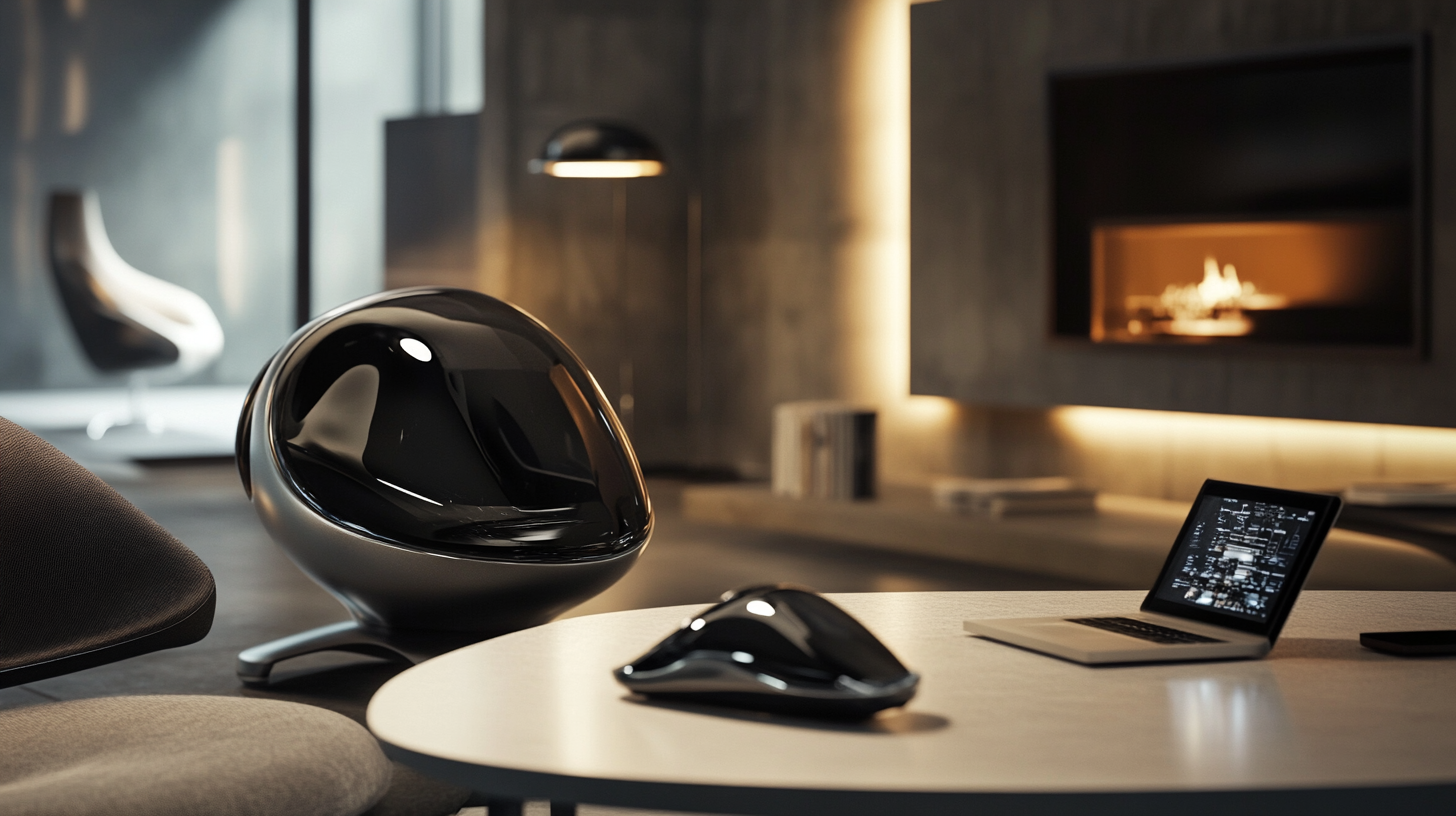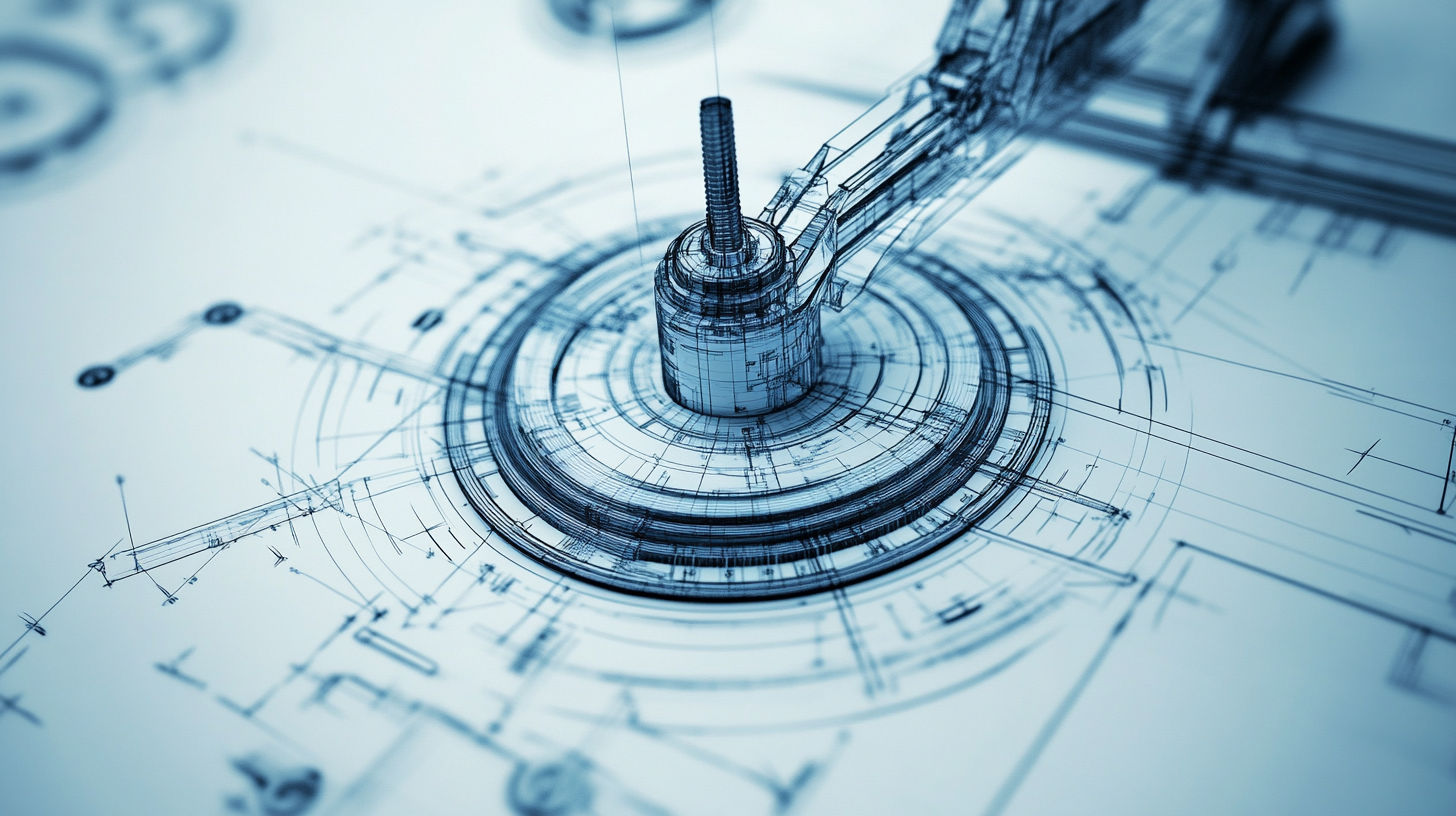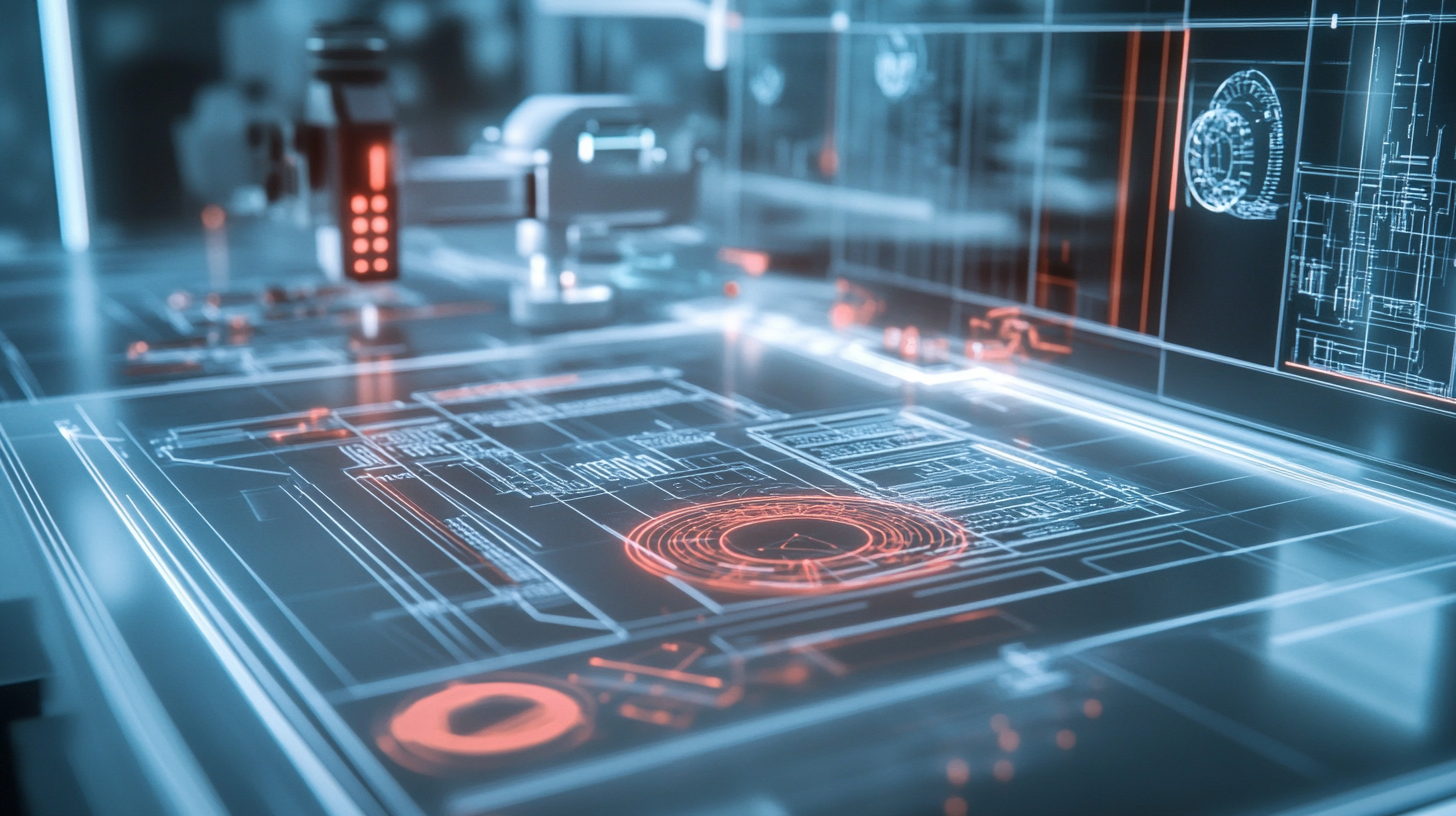


In the rapidly evolving landscape of industrial design, understanding the pivotal trends shaping the sector is essential for achieving optimal product performance. According to a recent report by McKinsey & Company, companies that prioritize robust industrial design can experience up to a 32% increase in market share and a 27% boost in customer satisfaction. As we venture towards 2025, embracing innovative design principles and methodologies will be imperative for staying ahead of competition. The convergence of technology and user-centric design is not merely a trend; it’s a fundamental shift that is redefining how products are developed and marketed. Robust industrial design processes can enhance functionality, sustainability, and aesthetic appeal, driving not only enhanced user experiences but also long-term profitability. This blog will delve into the essential specifications and insights necessary to unlock the secrets of successful industrial design, paving the way for superior product innovation and performance.

 User-centered design (UCD) is becoming increasingly vital in industrial innovation, as it directly influences product usability and consumer satisfaction. According to a report by Forrester Research, companies that prioritize user experience see revenue increases of up to 400%. This emphasizes the importance of understanding user needs and behaviors during the design process. By incorporating user feedback through methods such as surveys, interviews, and usability tests, designers can create products that not only meet functional requirements but also resonate with end users emotionally and psychologically.
User-centered design (UCD) is becoming increasingly vital in industrial innovation, as it directly influences product usability and consumer satisfaction. According to a report by Forrester Research, companies that prioritize user experience see revenue increases of up to 400%. This emphasizes the importance of understanding user needs and behaviors during the design process. By incorporating user feedback through methods such as surveys, interviews, and usability tests, designers can create products that not only meet functional requirements but also resonate with end users emotionally and psychologically.
Furthermore, the international design agency IDEO underscores that a user-centered approach can significantly reduce development costs. Their research indicates that investing in user-centered design early in the product development cycle can decrease costs by up to 50% by minimizing revisions and delays caused by misaligned user expectations. As industries across the board strive for innovation, integrating UCD principles fosters not only better-designed products but also establishes a competitive edge by enhancing overall market relevance. This collaborative approach might just be the secret to unlocking optimal product performance in today's fast-paced industrial landscape.
Material selection plays a crucial role in industrial design, affecting both the durability and aesthetics of a product. When choosing materials, designers must consider the specific application and the environmental conditions the product will face. For instance, metals like aluminum and stainless steel offer excellent strength and corrosion resistance, making them ideal for outdoor tools, while lighter materials such as plastics can be advantageous for portable electronics. Each material comes with its own set of properties that can enhance functionality while also impacting the product's look and feel.
Incorporating sustainable materials into the design process is another vital consideration. Eco-friendly options, such as recycled metals, bamboo, or bioplastics, are not only beneficial for the environment but also appeal to a growing base of eco-conscious consumers. Furthermore, the aesthetic versatility of various materials allows designers to create visually striking products that stand out in a competitive marketplace. By thoughtfully selecting materials, designers can strike a balance between performance and visual appeal, ultimately leading to products that are not only functional but also resonate with consumers on a deeper level.

In the realm of industrial design, achieving an equilibrium between functionality and aesthetic appeal is paramount. A well-documented study by the Design Management Institute highlights that design-led companies outperform their counterparts by 228% in the S&P Index over a 10-year period. This statistic underscores the importance of integrating visual allure with practical usability, revealing how aesthetics can enhance user experience while simultaneously driving business success. The meticulous balance between these two forces not only attracts consumers but also cultivates brand loyalty.
Furthermore, a recent report from McKinsey & Company indicates that 70% of purchasing decisions are influenced by how a product looks. This data emphasizes that a product's design—how it feels in the hand, its contours, colors, and user interface—directly correlates with its market performance. As such, designers are tasked with the challenge of creating products that not only perform efficiently but also resonate emotionally with clients. Therefore, the ability to harmoniously marry aesthetics and functionality is not merely a design consideration; it is a vital strategy to secure competitive advantage in the marketplace.
This chart illustrates the essential specifications for optimal product performance by comparing functionality and aesthetic appeal across different factors.
Prototyping plays a pivotal role in the product development lifecycle, serving as a tangible representation of concepts and ideas. According to a recent report by the Product Development and Management Association (PDMA), companies that integrate prototyping into their processes see up to a 30% increase in overall product success rates. This method allows teams to identify design flaws, gather user feedback, and refine functionalities before the final product is launched, effectively reducing risks and costs associated with product failures.
One effective tip for successful prototyping is to embrace an iterative approach. This means regularly revisiting and refining prototypes based on stakeholder input and testing results. A study from the Design Management Institute indicated that businesses adopting iterative prototyping often report a 50% faster time-to-market compared to those using linear development processes. Moreover, utilizing digital tools to create virtual prototypes can significantly enhance flexibility and efficiency, allowing for quick adjustments and real-time collaboration among team members.
Furthermore, engaging end-users early in the prototyping phase can yield invaluable insights. Research from the Nielsen Norman Group shows that usability testing can improve user satisfaction by as much as 90%. Gathering feedback from potential users not only helps in aligning the product with market needs but also fosters a sense of ownership and loyalty among customers, which is crucial for long-term success.
Sustainability in industrial design is no longer just a trend; it is a necessity. As consumers become increasingly aware of environmental issues, designers are challenged to create products that minimize their ecological footprint. One effective strategy is the use of sustainable materials, which includes recycled plastics, bamboo, or biodegradable substances. By integrating these materials into product designs, industries can greatly reduce waste and promote a circular economy where resources are reused and recycled.
Another approach to eco-friendly design is the emphasis on energy efficiency throughout a product’s lifecycle. This can begin with the manufacturing process, where minimizing energy usage not only lowers costs but also reduces greenhouse gas emissions. Additionally, products should be designed for longevity, ensuring they remain functional and relevant for an extended period. This not only benefits the environment but also builds brand loyalty, as consumers are drawn to products that reflect their values of sustainability and responsibility. By embracing these strategies, industrial designers can play a crucial role in shaping a more sustainable future.
| Design Aspect | Specification | Sustainability Strategy | Performance Impact |
|---|---|---|---|
| Material Selection | Recycled materials | Use of biodegradable or recyclable materials | Enhanced lifecycle and reduced waste |
| Energy Efficiency | Low energy consumption during use | Incorporate energy-saving technologies | Lower operational costs |
| End-of-Life Design | Easily disassemblable components | Design for recycling and reusability | Facilitates product recovery |
| User-Centric Design | Intuitive interface | Incorporate user feedback in design | Increases user satisfaction and product usability |
| Packaging | Minimal and recyclable packaging | Use of sustainable packaging materials | Reduction in environmental impact |